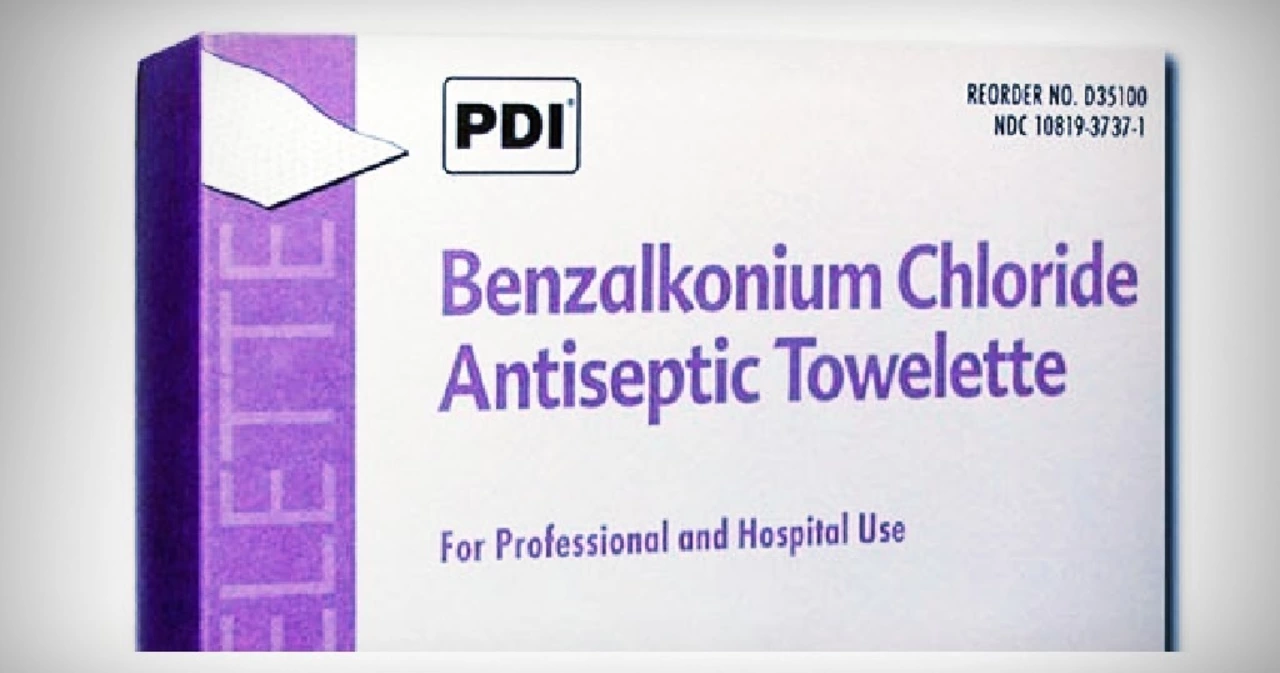Benzalkonium chloride: where it’s used, what to watch for, and easy safety tips
You probably spot benzalkonium chloride (BKC) on labels of eye drops, nasal sprays, wipes, and some household cleaners. It’s a common preservative and disinfectant that kills bacteria and some viruses. That usefulness explains why it’s everywhere, but it also means a few things to watch for if you use these products regularly.
BKC shows up in very small doses in multi-dose eye drops (often around 0.01%) and in higher amounts in surface disinfectants and wipes (common ranges 0.05–0.2% or more). Labels might list it as “benzalkonium chloride” or as a quaternary ammonium compound. For hands, alcohol-based rubs (60–70% ethanol or isopropyl) are faster at killing many viruses; BKC wipes disinfect surfaces but need the correct contact time to work well.
Common risks and real-world signs
Occasional contact with BKC is fine for most people. But repeated exposure—especially in the eyes, on damaged skin, or in infants—can cause irritation, redness, dry eyes, or allergic contact dermatitis. Clinical reports and lab studies have shown that long-term use of BKC-containing eye drops can affect tear film and surface cells of the eye. If you wear contacts or have chronic dry eye, choose preservative-free eye drops or single-dose vials when possible.
There’s also growing evidence that heavy use of quaternary ammonium compounds, including BKC, can favor bacteria with reduced susceptibility. That doesn’t mean you should quit disinfecting, but do avoid overuse of concentrated products and follow label directions for dilution and contact time.
Practical tips you can use today
- Read labels: pick “preservative-free” eye drops for daily use or if your eyes are sensitive. Single-use vials are the safest option for contact lens wearers.
- For baby care, ask your pediatrician before using BKC nasal sprays or wipes—infants can be more sensitive.
- For surface cleaning, follow the product’s contact time (often 1–10 minutes) and don’t mix disinfectants with bleach or ammonia—dangerous gases can form.
- If you get burning, swelling, or trouble breathing after exposure, rinse the area and seek medical help—those may be signs of a severe allergic reaction.
- Rotate disinfectants when practical and use the lowest effective concentration for routine tasks to reduce resistance pressure.
Store products tightly closed and out of reach of children. Dispose of chemical cleaners according to local rules; don’t pour large volumes down drains. When in doubt, ask your pharmacist which alternatives make sense for your situation—options include preservative-free formulas for eyes, povidone-iodine for some antiseptic uses, or alcohol-based rubs for hand hygiene.
Knowing where BKC is used and how it behaves helps you pick safer products without losing protection from germs. Quick checks—reading labels, choosing preservative-free eye care if needed, and following directions on disinfectants—solve most common problems and keep you safer day to day.
How benzalkonium chloride/zinc oxide is used in eye care products
As a blogger, I recently came across an interesting topic about how benzalkonium chloride and zinc oxide are used in eye care products. These two ingredients are commonly found in over-the-counter eye drops and ointments, mainly due to their antibacterial and astringent properties. Benzalkonium chloride acts as a preservative and disinfectant, while zinc oxide is often used to soothe and protect the eye. These ingredients work together to keep our eyes healthy and clean, while also providing relief from various eye irritations. It's fascinating to learn how everyday products contain such essential components for our eye care.

